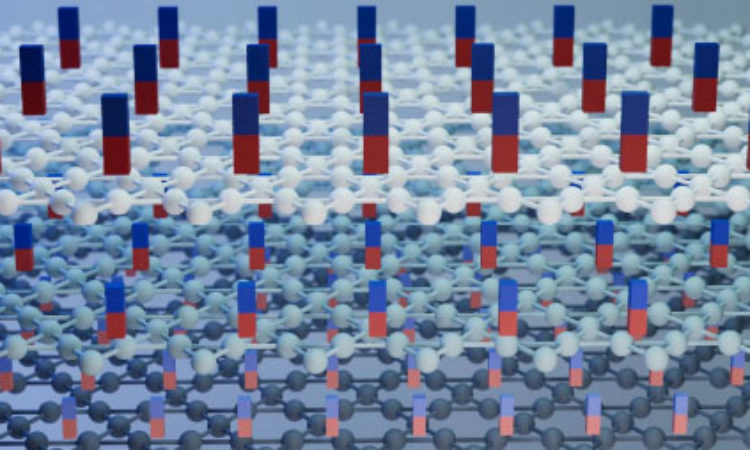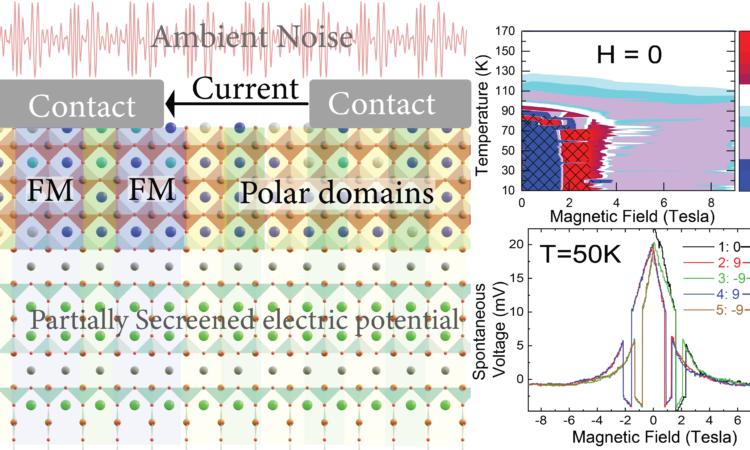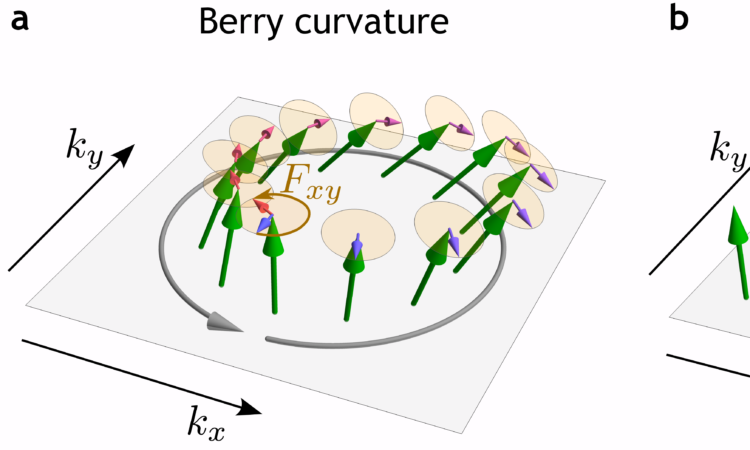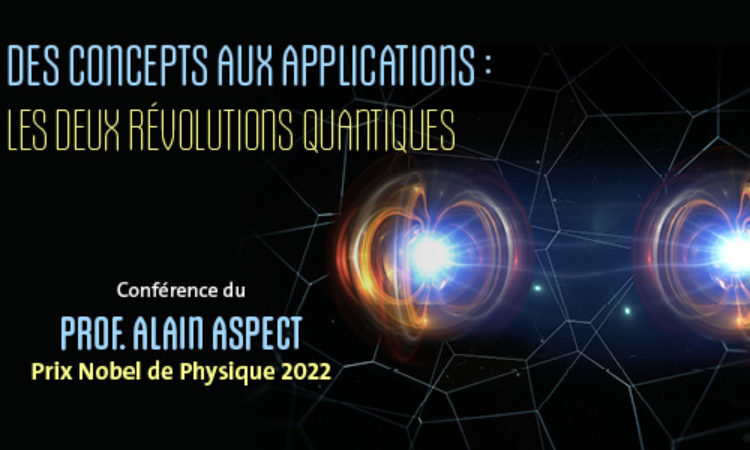The European roadmap for graphene

The Graphene Flagship, with a budget of €1 billion over a period of ten years, lays out a science and technology roadmap targeting research areas designed to take graphene and related 2d materials from academic laboratories into society. It comprises the activities of 142 academic and industrial partners in 23 countries, amongst which there are six Swiss institutions, including universities of Basel, Geneva and Zurich, as well as ETHZ, EPFL and EMPA. In order to address the scientific and technical challenges involved in developing future technologies exploiting graphene, the Graphene Flagship was created by the European Commission at the end of 2013 and is the EU’s largest research initiative up to date.
Discovered ten years ago, graphene is the first material to be only one atom thick and which can be made of excellent quality, on a scale that is sufficiently large to have industrial relevance. The technological potential of graphene originates from the many unique properties of this material. Despite its light weight it is more robust than steel, which is why industries such as Airbus participate in the Graphene Flagship. It conducts electricity far better than silicon – the material used to fabricate the microprocessors inside the computer – but is transparent at the same time. Depending on the specific application, the use of graphene in the long-term will be beneficial by either complementing or replacing existing materials. For example, graphene could be integrated into silicon applications exploiting the properties of light to realize devices enabling faster communications, so-called photonic devices. The possibilities are almost unlimited!
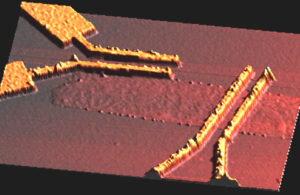
The roadmap published in the Royal Society of Chemistry Nanoscale, has been prepared by more than 60 academics and industrialists taking part in the Graphene Flagship to guide the research community and industry toward the development of products based on graphene and related materials. Several themes are concerned embracing very different research fields in health and environment, production, electronic devices, photonics and optoelectronics, sensors, flexible electronics, energy conversion and storage, composite materials, and biomedical devices.
Graphene promises to revolutionize numerous sectors and to become the material of the XXIst century, however we are only at the beginning of a big story. “Graphene is only the first material to be discovered, that we can control at the atomic scale. Many others with complementary properties have been found during the last few years. They also have a great potential for technology” explains Alberto Morpurgo, professor at the Department of Quantum Matter Physics (UNIGE) and Swiss representative of the Graphene Flagship. In Geneva, the team of Prof. Morpurgo is deeply involved in this research. “Progress occurs at an impressively fast pace. In the laboratory we can already assemble graphene with different atomic scale materials into artificial structures with new properties and functionalities. We really are at the dawn of a new era in which engineering of materials and their properties at the atomic scale is becoming reality: we would not even have dreamed of this five years ago”, he says.
In Switzerland, research groups which take part in the Graphene Flagship are giving important contributions to both the development of graphene technology and understanding of new atomic scale materials.
